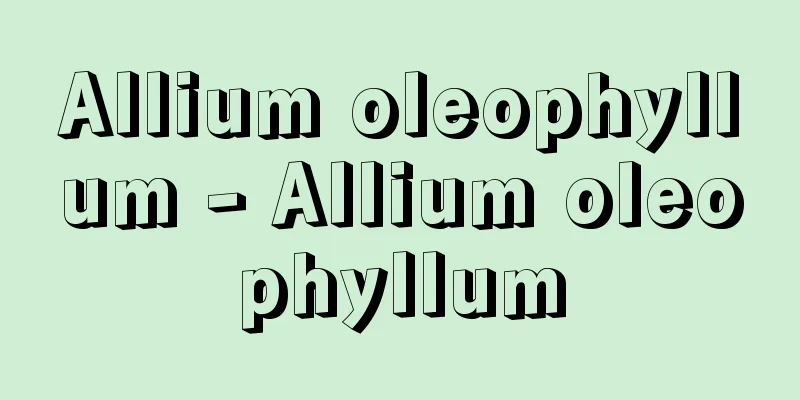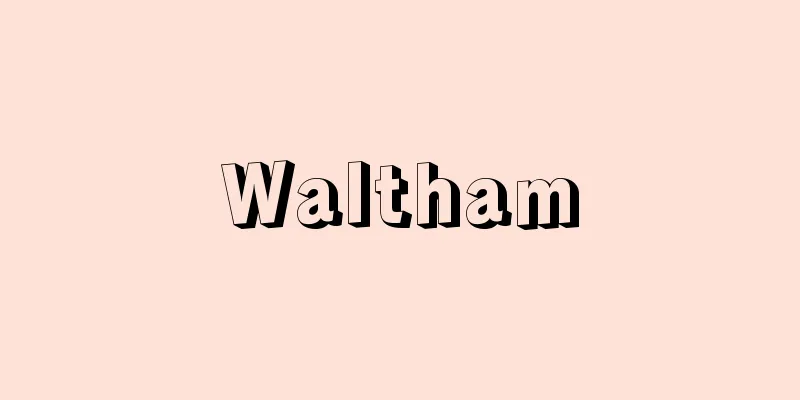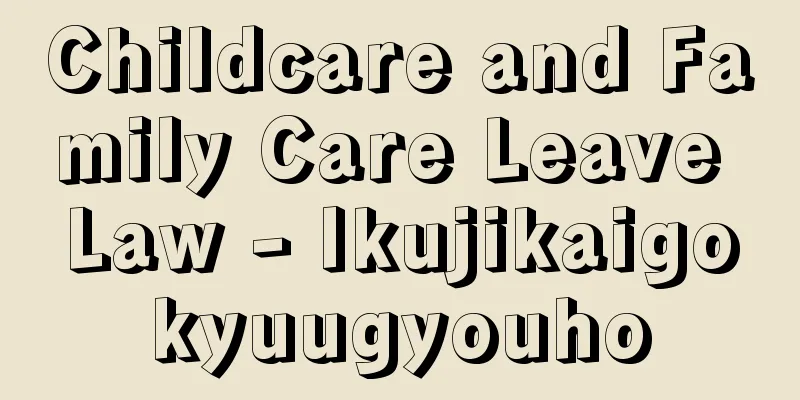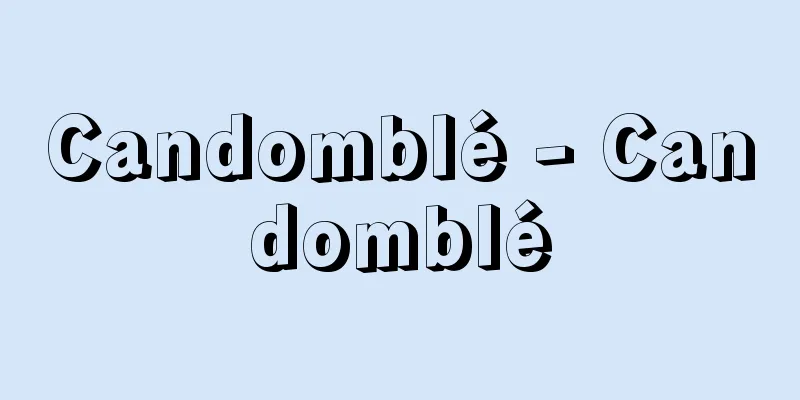Concerto (English spelling)

|
In classical music, most commonly, it refers to a piece of music for a solo instrument or group of solo instruments and an orchestra. It is also called a concerto, and its etymology has the contrasting meanings of "compete" and "match," and a concerto has this dual nature. The term "concerto" as a musical term began to be used in the 16th century as a vague term meaning an ensemble piece including vocal music, and continued to be used in this sense into the 18th century. It was around the end of the 17th century that the term began to take on its later, more limited meaning of an instrumental concerto with a certain stylistic commonality. This was related to the gradual establishment of violin orchestras in Italy from the mid-17th century, and the concerto became an important attraction at festivals and concerts as the first type of orchestral music. "Concerto for orchestra" without a solo instrument was also common, but as the combination of solo instrument and orchestra, which is the essential characteristic of a concerto, was established, the type without a solo instrument was often called sinfonia, which branched off from concerto, and a clear distinction was made between the two genres. [Shigeo Osaki] Ensemble concerto/solo concertoThe characteristic of having a soloist arose from the fact that the appearance of virtuosos (masters) who could attract people's attention as public musical performances was encouraged, and also from the fact that there was a shortage of violin virtuosos. Thus, the style of the concerto grosso (ensemble concerto), characterized by the dramatic contrast between a small ensemble of virtuosos and a large ensemble of all musicians, that is, between the main players and the rest, was established. This style was nurtured by Italian musicians such as Corelli, Torelli, and Vivaldi (1678-1741), and it was passed on to Telemann, Handel, and Bach. In some cases, there was only one solo instrument, and the type of solo concerto developed in the direction of perfecting virtuosity. Of Vivaldi's 470 concertos, 61 were without a solo instrument and 73 were concerti groves, while there were 336 solo concertos, of which 222 were violin concertos. This shows the change in the early period. After the early 18th century, the solo instruments and concerti groves were completely eliminated. [Shigeo Osaki] The Establishment of the ConcertoOn the other hand, the 18th century orchestra had an aspect of being a gathering of soloists, and the concerto was the core of the concerto, so the solo instruments in the solo concerto, while centering on the violin, expanded to almost any instrument. In the process, the characteristic of the three-movement structure, which has been relatively maintained throughout the ages, was also established: (1) a first movement with a moderate or fast tempo that is a showcase of performance technique, is profound, and is the center of the whole, (2) a second movement with a slow tempo that shows a contrast in emotional expression, and (3) a third movement with the fastest tempo that is full of energy and concludes the whole, was also established. After the unification of the solo concerto was completed, the symphony concertante (symphonie concertante) for multiple solo instruments became temporarily popular in Paris from the mid-18th century onwards. This was a result of the expedient of having several soloists perform in groups in order to deal with the limited time available for popular concerts during the Lenten period, when opera performances were prohibited. The piano concerto, which would later become synonymous with the concerto, can be traced back to the concertos for harpsichord and organ that appeared from the late 1730s onwards, but it gained decisive importance in Mozart's 17 pieces from the 1780s. With the advent of the piano era, the creation and performance of piano concertos became the central focus of musical activity. As the 19th century progressed, concertos became limited to just three types: the piano concerto, the violin concerto (though it had lost its leading role), and the cello concerto, which began to gain prominence especially in the latter half of the 19th century. [Shigeo Osaki] 20th Century ConcertoIn the 20th century, the importance of the concerto in creating new concert music has declined relatively considerably, but there were still composers who, mainly commissioned by performers, created new pieces for various instruments. The creation of a solo concerto is not completed within the composer alone, but also involves collaboration with performers within the tradition of the concert music life. Therefore, even those with avant-garde tendencies sometimes maintain a connection with this traditional musical form, and new pieces continue to be added to the repertoire to this day. The names concerto grosso and symphonia concertante are sometimes revived. [Shigeo Osaki] "CD Book 'Classical In Volume 2/The Four Great Concertos' (1989, Shogakukan)" ▽ "'100 CD Masterpieces and Masterpiece Recordings' Concertos' by Takahashi Akira (1994, Ongaku No Tomo Sha)" ▽ "'Classical Masterpiece Guide 3: Concertos' (1995), edited and published by Ongaku No Tomo Sha " ▽ "'The Complete Classical Masterpiece Recordings: Concerto Edition' (1998, Ongaku No Tomo Sha)" ▽ "'Masterpieces and Masterpiece Recordings of Concertos' by Uno Noriyoshi (Kodansha Gendai Shinsho)" ▽ "'Concerto' by G. Ferchot, translated by Yokoyama Kazuo (Hakusuisha, Ques sais-jes Bunko)" [References] | | | | | | | | | | |Source: Shogakukan Encyclopedia Nipponica About Encyclopedia Nipponica Information | Legend |
|
クラシック音楽の用語で、もっとも一般的には、独奏楽器あるいは独奏楽器群とオーケストラ(管弦楽)のための楽曲をさす。コンチェルトともいい、語源的には「競い合う」と「一致させる」の対照的な意味があり、協奏曲はこの二面性を有している。 音楽用語としてのコンチェルトは、16世紀に声楽曲を含むアンサンブル(合奏)楽曲を意味する漠然としたことばとして使用され始め、18世紀に入ってもなおこの意味での用例は存続した。ある一定の様式的共通性をもった器楽の協奏曲という、後の限定的な意味に向かい始めるのは17世紀末ごろのことである。それは17世紀中葉からしだいにバイオリン楽団(オーケストラ)がイタリアに確立されていったことと関係があり、コンチェルトはオーケストラ音楽の最初の曲種として祭典や演奏会(コンサート)の重要な出し物となる。独奏楽器のない「オーケストラのためのコンチェルト」も一般的であったが、やがて協奏曲の本質的特徴である独奏楽器とオーケストラという組合せが確立されると、独奏楽器のないタイプはシンフォニア(交響曲)とよばれることが多くなって、コンチェルト(協奏曲)と分岐し、それら両ジャンルの峻別(しゅんべつ)がおきる。 [大崎滋生] 合奏協奏曲・独奏協奏曲独奏者の存在という特質は、公的な音楽演奏の出し物として人々の注目を集めるビルトゥオーソvirtuoso(巨匠・名人)の登場が促されたという側面と、バイオリンの名手の絶対数が不足していたという事情があいまって発生した。そうして、名手たちの小合奏と全員による大合奏の、すなわち主役たちとその他大勢の、対比というドラマ性を特色とする、合奏協奏曲(コンチェルト・グロッソconcerto grosso)の様式が確立された。これは、コレッリやトレッリ、さらにビバルディ(1678―1741)らイタリア人音楽家たちによってはぐくまれ、その様式はテレマンやヘンデル、バッハらに伝播(でんぱ)した。場合によっては、独奏楽器一つということもあり、そのタイプ、独奏協奏曲(ソロ・コンチェルトsolo concerto)は名人芸を究める方向へ発展していく。ビバルディの470曲の協奏曲のうち、独奏楽器のないタイプが61曲、そして合奏協奏曲は73曲であるのに対して、独奏協奏曲は336曲あり、さらにそのうち222曲がバイオリン協奏曲であることに、初期の時代の推移がみてとれよう。その後、18世紀序盤を過ぎたころまでに、独奏楽器のないタイプと合奏協奏曲は完全に駆逐される。 [大崎滋生] 協奏曲の確立一方、18世紀のオーケストラは独奏者たちの集合という側面をもっており、また協奏曲がコンサートの中核的演目であったため、独奏協奏曲の独奏楽器はバイオリンを中心としながらも、ほぼあらゆる楽器に及んでいく。またその過程で、(1)演奏技巧の見せ場であり、重厚で、全体の中心である、中庸または急速なテンポの第1楽章、(2)一転して感情表現力もあるところをみせる、緩徐なテンポの第2楽章、(3)活気に富んで全体を締めくくる最急速のテンポの第3楽章、という時代を超えて比較的維持された3楽章構成という特質も確立されていく。 独奏協奏曲への一元化が終了した段階で、18世紀中盤以降パリを中心に、複数の独奏楽器による協奏交響曲(サンフォニー・コンセルタントsymphonie concertante)が一時的に流行する。これは、オペラ上演が禁じられる四旬節期間における人気コンサートに殺到した独奏者たちを限られた時間内に処理しなければならないために、何人か組みで演奏させるという便宜的措置によって生まれたものであった。 のちに協奏曲の代名詞ともなるピアノ協奏曲は、その源流を1730年代後半以降に現れるチェンバロやオルガンのための協奏曲にみることができるが、1780年代のモーツァルトの17曲において決定的な重要性を獲得する。ピアノの時代の到来とともに、ピアノ協奏曲の創作と演奏が音楽活動の中心に位置する時期が訪れた。19世紀が経過するほどに、ピアノ協奏曲と、主役の座から降りたとはいえバイオリン協奏曲と、ことに19世紀後半から目だってくるチェロ協奏曲の3種に、協奏曲はほぼ限られるようになっていく。 [大崎滋生] 20世紀の協奏曲20世紀においては、コンサート音楽を新たに創作するという局面での協奏曲の重要性は相対的に大きく後退したが、主として演奏家に委嘱されて、さまざまな楽器のために新作を提供する作曲家たちもいた。独奏協奏曲の創作は、作曲家ひとりのなかで完結するものではなく、演奏会という音楽生活の伝統のなかにあって、演奏家との協働作業という側面ももっている。したがって、前衛的傾向をとる人々にあっても、この伝統的な音楽形式とのかかわりはときにみられ、今日までレパートリーに新作が加えられ続けている。また、合奏協奏曲や協奏交響曲の名称が復活されることもある。 [大崎滋生] 『CDブック『クラシック・イン第2巻/四大協奏曲』(1989・小学館)』▽『高橋昭著『CD名曲名盤100 協奏曲』(1994・音楽之友社)』▽『音楽之友社編・刊『クラシック名曲ガイド3 協奏曲』(1995)』▽『『クラシック名盤大全 協奏曲篇』(1998・音楽之友社)』▽『宇野功芳著『協奏曲の名曲・名盤』(講談社現代新書)』▽『G・フェルショー著、横山一雄訳『協奏曲』(白水社・文庫クセジュ)』 [参照項目] | | | | | | | | | | |出典 小学館 日本大百科全書(ニッポニカ)日本大百科全書(ニッポニカ)について 情報 | 凡例 |
Recommend
Janiropsis longiantennata (English spelling)
...Many species live in groundwater, including th...
Tarzan the Ape-Man
…American novelist. He tried many jobs in search ...
Kang-su (English spelling)
A Korean scholar from the 7th century in Silla. Da...
Amanohashidate
A sandbar that separates Miyazu Bay, which faces ...
"Essai sur le don" (English spelling)
...His early studies on sacrifice, classification...
Cambodian National United Front
...The right-wing Lon Nol government deposed Siha...
Kassapa [I] - Kassapa
…It is a rocky mountain about 180 meters above se...
Arcturus crassispinis (English spelling) Arcturuscrassispinis
...It usually lives on the sandy and muddy bottom...
Keiseiko - Keiseiko
A local nobleman from the Song Dynasty in China. ...
Ulva conglobata (English spelling) Ulvaconglobata
…[Mitsuo Chihara]. . . *Some of the terminology t...
company union
...Article 2 of the Japanese Labor Union Law excl...
Shuchin - Shuchin
Also written as shuchin, this is a type of woven f...
Abbe's number
In isotropic transparent materials such as optica...
Somov, KA (English spelling) SomovKA
...Also the name of the group of intellectuals an...
Shouda
1548-1607 (Tenbun 17-Keicho 12) A Rinzai sect monk...









